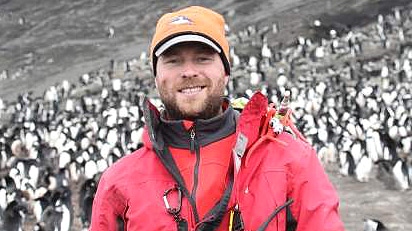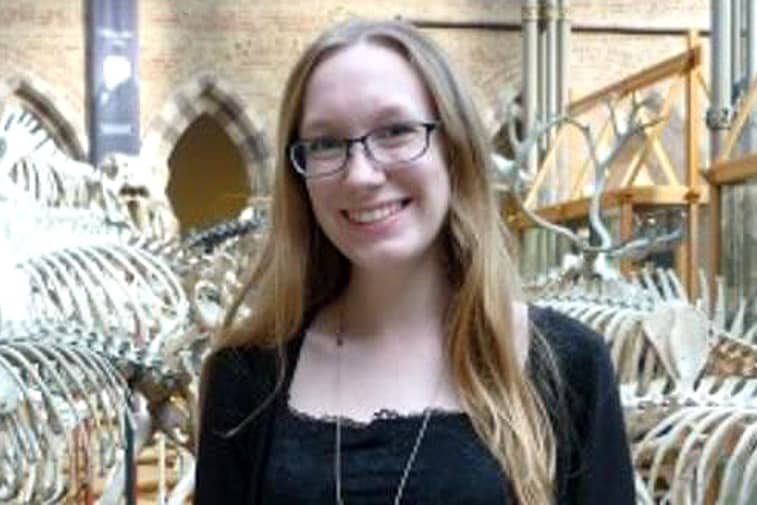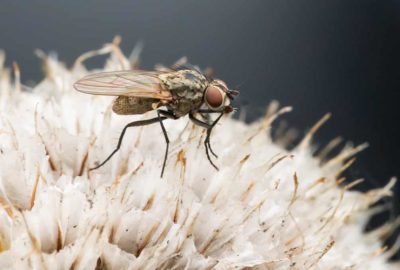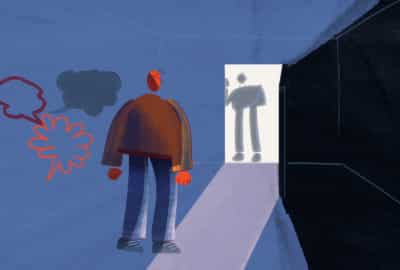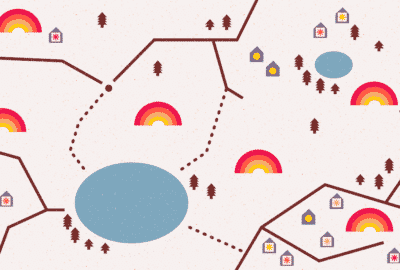Seabird Monitoring – Witnesses in the wild
Thursday 1st Oct 2020, 11.23am
Seabirds – including penguins – are amongst the most threatened animals on the planet. They are also very useful indicators of wider environmental change. But how do you effectively monitor species which live in hard-to-reach places, such as Antarctica? A team of scientists at the University of Oxford has come up with a solution: a large network of remote time-lapse cameras, positioned to overlook seabird colonies. The images from these cameras are collected each year, and used to examine parameters such breeding success. To help with the image processing, the photographs are uploaded to two citizen science projects, Penguin Watch and Seabird Watch. To get involved, please visit penguinwatch.org or seabirdwatch.org!
Sentinels of change
Seabirds – including many species of penguin – are under threat from a number of sources, including climate change, fishing activity and habitat degradation. In order to mitigate the effects of these threats, it is important to be able to monitor their populations effectively. This is also important because seabirds are often thought of as ‘sentinels of change’. They have long life-spans during which they cover vast areas of ocean, and they are sensitive to changes within their environment. As such, changes in their population (e.g. a decline in numbers, change in the timing of breeding, or shift in their geographical distribution) can be an indication of wider environmental change, which has perhaps otherwise been undetected.
Changes in their population can be an indication of wider environmental change.
Monitoring in hard-to-reach places
As mentioned, good monitoring of seabird populations is crucial if effective conservation measures are to be put in place. However, when it comes to species that live in remote or hostile locations, such as Antarctica, that can be a challenge. For example, it simply wouldn’t be possible – logistically or financially – to monitor penguin populations across large parts of the Southern Ocean or the Arctic all year round.
To fill this data gap, the Penguin Watch team have come up with a solution – a network of remote, time-lapse cameras that capture images of colonies all year round. The project began by positioning cameras on penguin colonies on the Antarctic Peninsula, and has now expanded to monitor other seabirds in locations such as Iceland, Svalbard and the Faroe Islands.
The Penguin Watch team have a network of remote, time-lapse cameras that capture images of colonies all year round.
A data deluge
Of course, with over 100 cameras capturing images every hour throughout the year, the Penguin Watch team are faced with a mountain of data. While this is of course a good thing, it can be a challenge to process all of the images before the next field season when the team will collect the latest data.
To help with data processing, the citizen science project Penguin Watch was set up in September 2014. Hosted by the Zooniverse [link], anyone with internet anywhere in the world can get involved! Volunteers are shown a random image, and are asked to ‘tag’ penguins by clicking on them. They are also asked to classify them as an ‘adult’, ‘chick’, ‘egg’ or ‘other’ (this latter group is used to tag other seabirds, humans and ships, for example) but there is no need to identify the species of penguin.
To ensure the citizen science classifications are reliable, each image is shown to four volunteers. If any of these volunteers indicate that animals are present in the image, it is shown to a further six people (i.e. a total of ten). A clustering algorithm is then used to aggregate all of the data, and generate ‘consensus clicks’ (to effectively take an average of all of the volunteers’ input). At this stage, tags which look like mistakes can be removed – for example, if only one of the volunteers tagged a certain spot on an image, it is likely to be an error.
The Penguin Watch citizen science project has been hugely popular – over 50,000 registered volunteers (and many anonymous participants) have so far classified over a million images!
To ensure the citizen science classifications are reliable, each image is shown to multiple volunteers.
Can machine learning help?
As well as being useful as standalone data, the citizen science classifications can be used to train machine learning algorithms, which can then automatically count the penguins (or other seabirds) within images. The team currently uses an algorithm – which they have named Pengbot – which was developed through a collaboration with the Visual Geometry group at the University of Oxford.
The eventual aim is to find a data processing ‘sweet spot’, where certain images are directed straight to Pengbot, while others are passed to human volunteers. It will probably always be necessary to use both methods, as each has its own advantages. For example, computer vision is useful for fast bulk processing of images, while humans can identify unusual things in photographs (e.g. interesting animal behaviour) and can be more successful at identifying individuals in difficult (e.g. blurry or very snowy) images.
The aim is to find the ‘sweet spot’ where citizen science and machine learning can be used in conjunction to optimal effect.
Get involved!
You can get involved in Penguin Watch at penguinwatch.org, and take part in its more recent sister project, Seabird Watch, at seabirdwatch.org. More information about current research, the team, and classroom resources can be found on these websites.
Please contact us about the following teaching resources:
KS3: Antarctic Relationships
KS4: Penguin Counting
KS4: Penguin Populations
KS5: Conflict Case Study

